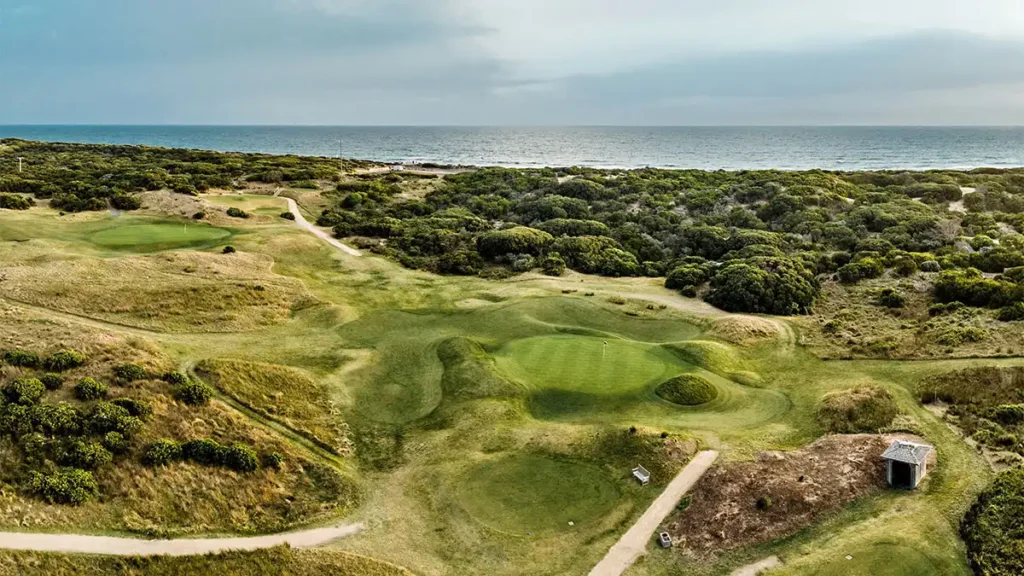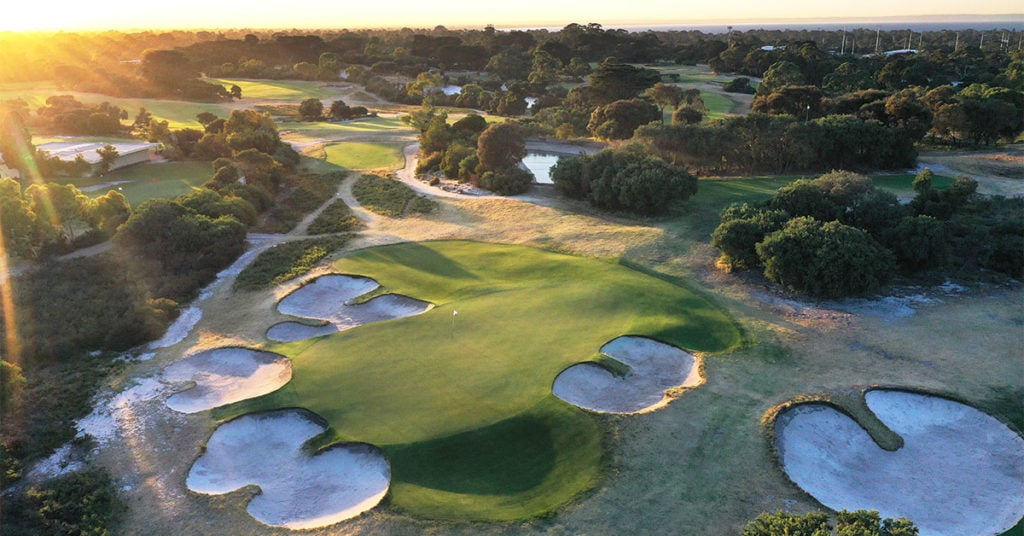In our ongoing series with Golf Australia chief executive James Sutherland, our readers get clarity on golf’s most pertinent issues
What does Golf Australia do to support country and regional courses that don’t have a resident golf pro? We have an active community, keen juniors and even keener seniors who want to learn to play but we can only teach them so much (using National Program deliverers teaching the Get Into Golf clinics). The closest golf pro is 45 to 60 minutes away and I doubt any small clubs could subsidise the clinics. Level 2 coaching is a desperate requirement – we have people wanting to continue to learn but they don’t want to have to travel nearly an hour each way.
– Felicity Anne Prideaux, via Facebook
Firstly, regional golf is always considered of the upmost importance to everyone in the offices of Golf Australia and the PGA of Australia, with clubs and facilities in country areas so often becoming a community hub for the local area that extends far beyond playing the game.
Education is another of the key focuses for both our organisations, and as you mention, our National Program deliverers are conducting Get Into Golf and MyGolf powered by Ripper GC programs, but further learning is less straightforward.
PGA members are crucial to the development of growth of the game in all areas, and the custodians of teaching the game at the next level. PGA professionals often travel to conduct lessons and clinics and it is always worthwhile to contact your nearest PGA member to see what can be arranged to assist, while the concept of ‘roving pros’ is something being explored.
Alternatively, you can contact the Golf Australia clubs and facilities staff in your state who are available to help. Go to golf.org.au/clubsupportcontacts
▶ ▶ ▶
Do you plan on more collaborations with LIV Golf and their Aussie players? – Dane Millerd, via Facebook
We are only in the early days of our partnership with the Ripper GC team for the MyGolf junior programs, which has been well received and everyone involved believes will be successful in promoting even more growth in junior golf in Australia.
Beyond this partnership, the Australian players on Ripper GC are always important parts of the Australian Open. Golf Australia is focused on growing and supporting the sport in Australia and if there are opportunities to collaborate with others, as we have with the PGA of Australia in the Australian Golf Strategy, they will be explored thoroughly.
Cam Smith, Lucas Herbert, Marc Leishman and Matt Jones are passionate about Australian golf. They remember where they have come from and are dedicated to what we are doing together to develop the next generation of golfers.
▶ ▶ ▶
Why are Australian senior amateur teams not funded properly? It costs an individual too much money out of their own pocket to represent Australia at the Asia-Pacific Senior Amateur, whereas the young ladies and gentlemen are fully funded. Why? – Jason Thomson, via Facebook
Understandably, comparisons between funding of elite senior teams and other elite programs are occasionally brought to our attention and we acknowledge that while an imbalance does exist, there are factors in this.
Golf Australia’s High Performance Program is funded primarily through government funding, with some additional corporate and private support, and as such does not rely on general revenue (or member fees) to function. These funding sources also dictate how we can use the funds they provide, with a clear focus on producing major winners, Olympic medallists and top 50-ranked players, with seniors not currently within the framework.
In the case of elite-level senior representative golf, Golf Australia has made the decision to invest general revenue into providing opportunities for our elite golfers to play at the highest level and in Australian teams, including for the men’s and women’s Asia-Pacific Amateur, although this must be balanced against other areas of focus.





